
Why ASEAN should take a regional approach to accelerating RE
The Regional Approach Report outlines how collaboration is key to the aim of 35% renewable energy capacity by 2025 in the region.
Members of the Association of Southeast Asian Nations (ASEAN) have set an ambitious goal of achieving 35% renewable energy (RE) capacity installed by 2025. Whilst this is a vital step towards energy transition, countries in the region could not reach this target without taking a regional approach.
In its ASEAN Renewable Energy: The Regional Approach Report, the ASEAN Centre for Energy said significant challenges remain in pursuing the regional approach such as the alignment of policies and regulations that will enable integration through cross-border electricity trade, renewable energy certificate market, and carbon pricing.
The report identified actions that governments could take to address these challenges and drive regional integration in the power sector.
“Integrating the 10 countries in the region will allow us to escalate the efforts in bringing renewable energy into our power system,” Beni Suryadi told Asian Power in an exclusive interview.
Suryadi is the acting manager of the Sustainable Energy, Renewable Energy Department at the ASEAN Centre for Energy and here are more of his insights on the strategic Regional Approach Report:
Can you provide us with an overview of the report’s findings?
The Regional Approach Strategic Report is a joint report developed by the ASEAN Centre for Energy, ASEAN Renewable Energy Sub-Sector Network, and the United Nations Economic and Social Commission for Asia and the Pacific.
The report aims to demonstrate possible decarbonisation pathways through more coordinated and solid cooperation among the ASEAN countries. [It] developed a SWOT analysis or strengths, weaknesses, opportunities and threats for each ASEAN country to ramp up regional renewable energy development and provide a guideline to establish an enabling environment for renewable energy investment, extend energy interconnectivity and increase renewable energy ambitions by mid-century.
How vital is a regional approach when it comes to the adoption of renewable energy?
We do realise that individual countries might have a challenge to speed up their aspirations for renewable energy. Looking at the existing conditions they have, some countries may have more potential for renewable energy but then have a limited demand or have limitations on the financing capacity.
We also have other countries that may have a higher demand with higher purchasing power. So, integrating the 10 countries in the region will allow us to escalate the efforts in bringing renewable energy into our power system.
Each country has a different priority and different status on their national energy policy development. But one thing that they have in common is that they are guided by the ASEAN Plan of Action for energy cooperation, where ASEAN has set to achieve 23% of renewable energy share in total primary energy supply and 35% of renewable energy in total installed capacity by 2025. This effort can only be made through a regional approach by integrating the collaboration and implementation of the [plan by the] 10 ASEAN countries.
Which countries are leading the adoption of renewable energy in ASEAN?
Looking at the statistics, Vietnam is the leading country. Out of around 22 gigawatts of the newly installed capacity in the ASEAN [in] 2020, 82% was generated by renewable energy, and 50% of it came from Vietnam.
But of course, it’s not as simple as the statistics. We may as well recognise the efforts made by various countries in ASEAN. Indonesia, for example, has put a massive number of installed capacity and generation electricity coming from renewable energy, particularly from solar, in its recent development plan. It has a target of 23% of renewable energy in the energy mix by 2025.
We may expect that it may not be able to fulfil the target by that year due to the challenge of harmonising the regulation and the market mechanism. But if the process of policy development continues as it is — especially recently that we also have a new director general for renewable energy under the Ministry of Energy in Indonesia who put a strong commitment to bringing this electricity coming from renewable energy — it’s not impossible for them to bring 20 GW of solar capacity in the coming decades.
The Philippines and Thailand have power development plans where renewable energy is a main priority for bringing electricity. Some countries like Indonesia, Malaysia, and Vietnam specifically mentioned that renewable energy will be referred to as compensation for the limitation on coal. But, of course, the regulatory issue will continue to remain a challenge.
What challenges to accelerate the installation of RE in ASEAN markets remain?
There will be a long list of challenges. But if we go with the two challenges that we have: the first is financing. In many cases, financing is still not favouring renewable energy.
We’re talking about the interest in projects which did not gain strong confidence from the private sector. There is a missing link between the financing institutions and the regulatory bodies. One of the challenges is how to connect or drive proper financing mechanisms for renewable energy projects in the region.
Another challenge will be more on the technical side. There is still the need for a strong effort to build the capability of the system operators to handle renewable energy.
We see this in the context of Vietnam, where they have a significant amount of renewable energy but the system is not strong enough to cope with the demand. We are also seeing the system operator’s lack of capability in handling that system.
The same is the case with Indonesia, where strong efforts to build the capability of the system operators in managing the intermittency issue of renewable energy is needed.
What should ASEAN member-states do to address these challenges and drive a regional approach to energy transition?
We identified a number of actions that ASEAN countries can work on together to address these challenges and drive a regional approach to energy transition. It could start with enhancing regional knowledge within ASEAN countries as there are some countries that will be able to share their best practice or the lessons learned with the less-advanced countries in the region.
We can also make a joint effort to strengthen renewable energy investment for economic integration. We can make a joint effort to re-evaluate fossil fuels and other traditional technologies, and also put more effort into the regional aspirations.
We can focus on climate financing, where we can gain technical support and access to the climate financing that can be utilised, based not only at the national level, but also on a regional level. The region should also continue to promote and implement capacity-building activities for the decision-makers, for the policymakers, and also for the technical levels. This training programme on capacity building will be very critical in equipping the decision-maker with well-informed knowledge about the importance of renewable energy.
On the other hand, they can push the public to consume energy more efficiently. Last but not least, as we’re speaking of regional effort, there is a need to also improve the ambition whilst optimising the resources that we have in all of the 10 countries in this region. They can also consider the emerging technology that might come into the region such as green hydrogen or the cross-border connectivity for electricity supply.
How feasible is this regional approach?
We recognise the challenge that we are facing to bring the regional approach by looking at the different situations in every country. But what is more important is the 10 countries in Southeast Asia currently have a common understanding that this issue cannot be solved only by individual countries.
This issue can be only addressed if the countries can work together by synchronising the grid, by harmonising the regulation, and by sharing the resources so that we will have laws to address the challenges. But of course, it’s not an easy way to harmonise a pact between two countries; and now, we are talking about 10 countries.
We fully recognise the issue that we will encounter, but we have a strong commitment from the governments and from the policymakers. We have also received strong support from the private sector that we will drive our efforts on renewable energy.



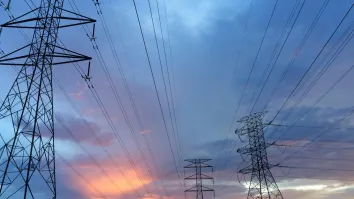
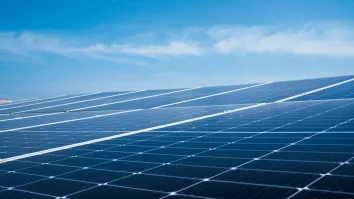





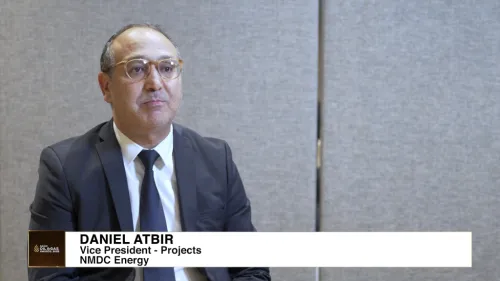

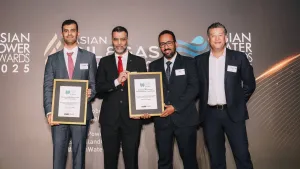
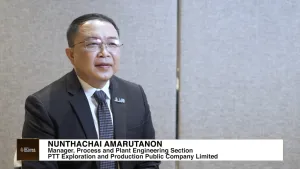



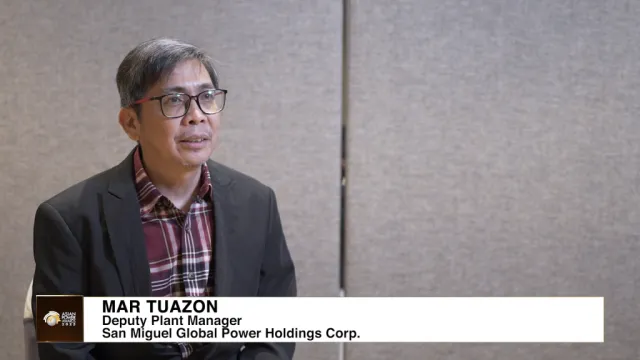

 Advertise
Advertise







